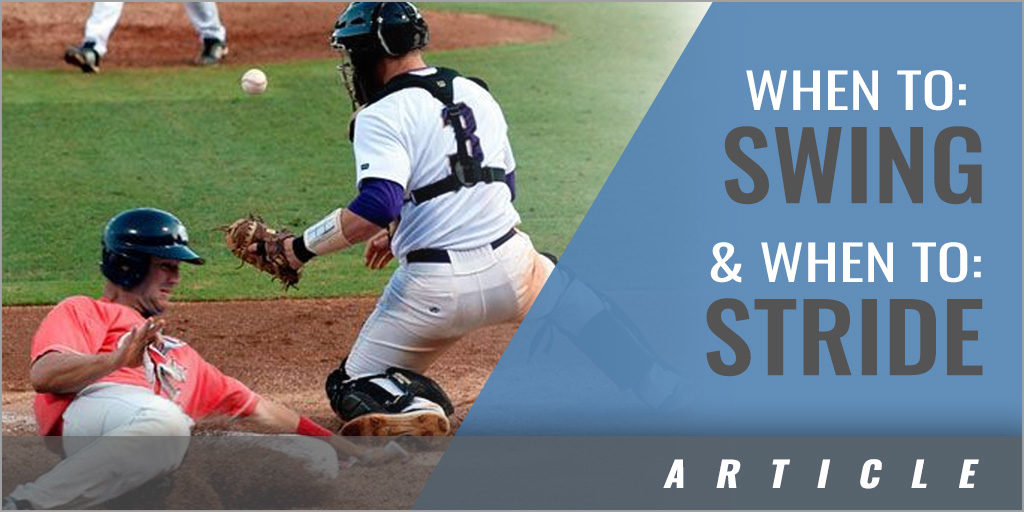|
By: Todd Guilliams Originally Published in: High Scoring Baseball Provided By: Human Kinetics All hitters have control over two things: (1) when they swing and (2) when they stride. When to Swing All hitters must get good pitches to swing at to be productive. The hitter must be the puppeteer in terms of what he chooses to swing at. He cannot allow the pitcher to dictate which pitches he swings at. "When the pitcher is in a tough spot he will do his best to get you to go for bad balls," said legend Joe DiMaggio, adding, "But always remember, a walk is as good as a hit." Good hitters believe that the only thing the pitcher controls is where they drive the baseball in terms of the location of the pitch. When to Stride The second thing that a hitter controls is his stride. The purpose of the stride is to control timing. Pitchers obviously throw at different velocities, so hitters must be able to adjust accordingly. The hitter who is late on the fastball must start and complete his stride sooner because he cannot swing the bat until his front foot strikes the ground. If the hitter is early, he has the option of striding later, decreasing the amount of time that he must wait on the pitch and increasing his chances of arriving on time. A hitter must master the art of estimating the time of collision between bat and ball. The most difficult thing in hitting, according to Hall of Famer Tony Gwynn, is to let the ball travel deep into the strike zone before swinging. A hitter must learn to let the ball travel its proper distance before striking it. This task is extremely challenging, but the hitter can learn to adjust his timing with his stride. For the hitter to be the puppeteer and not the puppet, he must control the controllables, which are what pitches he swings at and his timing. If the hitter does not control those two things, the roles become reversed and he becomes the puppet. The pitcher can manipulate him at his whim, and the hitter will lose the skirmish every time. Practice Tip Use visual cues to improve timing. For example, we tell hitters, "Ball up, heel up." When you break down the video of major-league hitters, you note that most start their load by lifting the front heel ("heel up") when the pitcher's throwing arm is parallel to the ground slightly after hand break ("ball up"). This method helps the hitter get in rhythm with the pitcher by getting his body in sync with the delivery and helping him arrive on time. |






